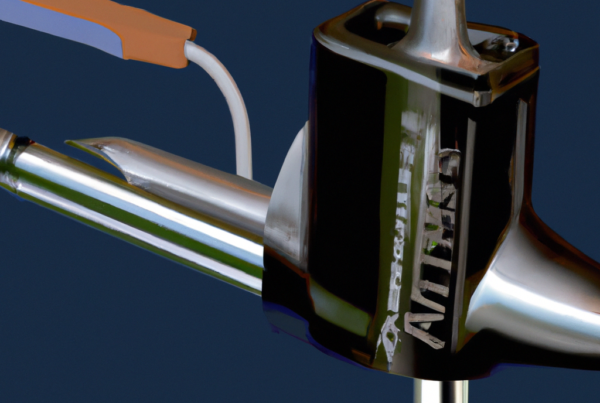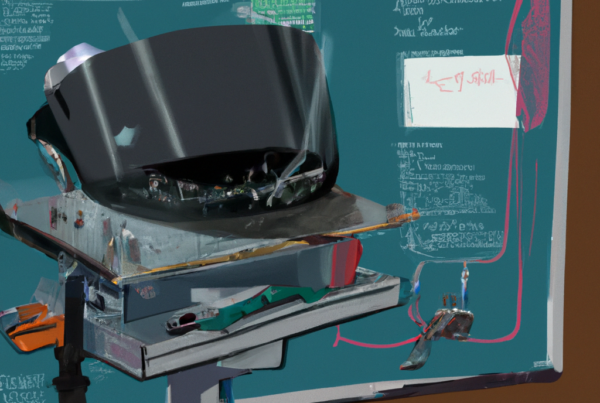MIG welding is a very popular form of welding technique. Also known as gas metal arc welding, (GMAW), this type of weld works when a solid electrode is continuously fed, thus shielding the gas from the external power supply source. This helps to deposit the molten material into the weld joint, providing a very solid and secure form of weld.
This type of weld is used in many instances, especially when a low-cost welding process is needed that also provides a very high rate of productivity. Because the electrode is fed continuously, and allows for welds to be generated for an extended period of time, making it perfect for manufacturing, especially in industries like the auto manufacturing industry. But a Gasless Weld. One of the foundations of this type of weld is that it uses in inert gas to create the shield. MIG stands for metal inert gas (MIG) meaning that an inert gas is used during the welding process. The shielding gas is fed through the welding gun, thus protecting the welding area from any atmospheric contamination, such as dirt, oils, leaves, or other debris that may be in the surrounding air. What is interesting about this is that a gas is needed to provide the shield. This is the foundation of the weld, and is why “inert gas” is actually used in the naming of the welding process. So, to create the idea that there is a gasless MIG welding process seems to be an oxymoron of sorts. However, it can happen. Oddly enough, an experienced welder can use the MIG welding tools without a gas being present to create the shield. This is known as flux core arc welding (FCAW), often referred to as flux core. In this case, a special welding wire is used in place of the MIG electrodes. This is what helps to create the desired weld.MIG Without Gas
MIG welding is one of the most popularly used techniques today. It is used in a variety of industries, and can be used in almost any circumstance. Regardless of whether materials are thin or thick, you can use an MIG weld to create your desired joint. This type of welding process is used in numerous industries. In fact, it is even used in the art world by a select group of artist to have found that the welding process enables them to do spectacular work that is both aesthetically pleasing and durable. What is surprising is that this type of process can be performed even when a core ingredient is missing. Instead of actually pumping in an inert gas to help create the shield, there are special wires that can help to do the job for you. This is such an important concept for people to understand that beginning welders are often taught to perform MIG welds without the use of gas. As long as this wire is available to them, they can still create an extremely clean and strong weld that required no gas to perform the weld. So, how exactly does this work you may wonder. What is needed is a flux core welding wire. Unlike the typical wire that is used in this type of welding process, this tubular wire has a flux in the center of it. This flux is a consumable wire. When it arcs with the base metal, it will begin to melt the wire. This causes the flux to begin to burn at its core, as a result, a gas cloud is produced that surrounds the welding area, protecting it from oxygen around it.Types of Flux Core Process
The flux core process comes in two different types: FCAW-S – this type of weld is called the flux core arc welding self shielded process and is the most commonly used type of flux core welding. FCAW-G – this stands for flux core arc welding gas shielded process, but does require an extra shielded gas, which can be either argon or carbon dioxide.Can a MIG Welder be Used Without Gas?
Yes, a MIG welder can be used without gas, utilizing a technique known as flux-cored welding. By using a mig welder without gas, the electrode wire is covered in a flux that forms a protective shield around the weld pool. This process allows for welding in outdoor conditions where gas shielding would be ineffective.



